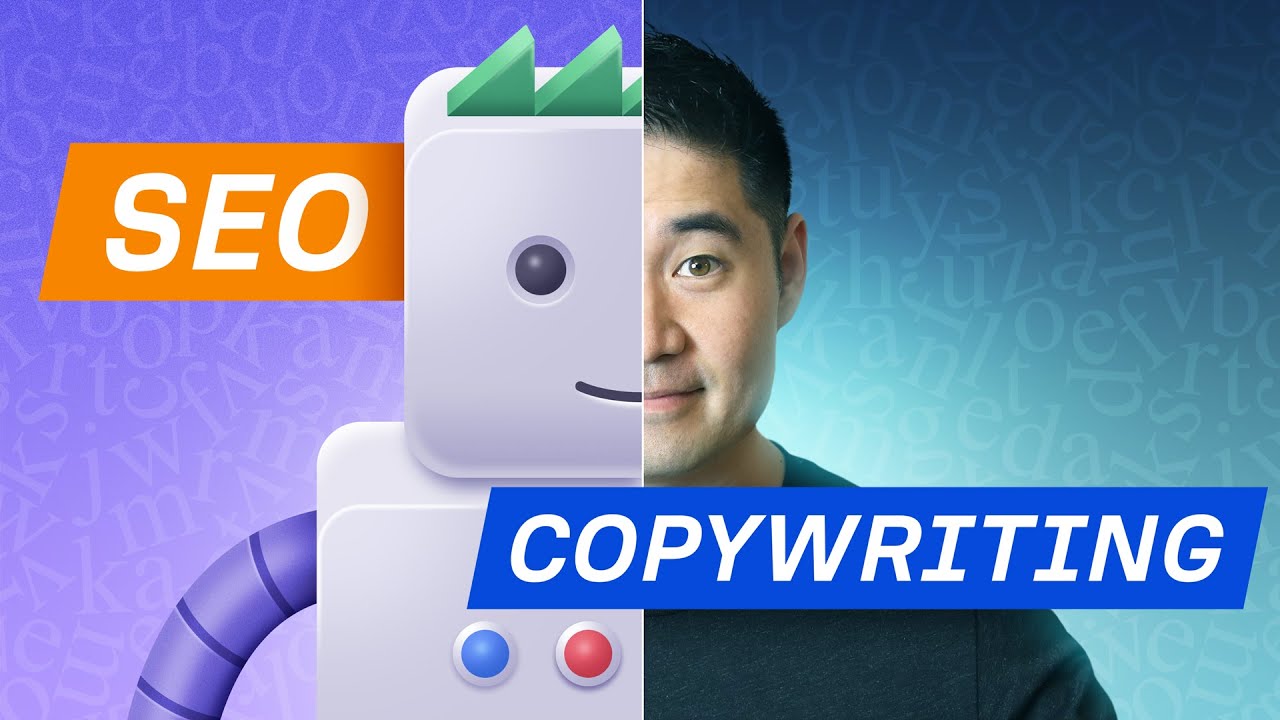In this SEO copywriting tutorial, you’ll learn how to create content that’s perfect for readers and search engines.
***************************************
Additional Copywriting and SEO Resources
Content Writing for SEO: How to Create Content that Ranks in Google ► https://www.youtube.com/watch?v=8BdZ0dUu7VQ
Content Marketing For Beginners: Complete Guide ► https://www.youtube.com/watch?v=0R_3iarc8IA
On-Page SEO Checklist for Higher Google Rankings ► https://www.youtube.com/watch?v=gDYjjkvtOVo
Complete SEO Course for Beginners: Learn to Rank #1 in Google ► https://www.youtube.com/watch?v=xsVTqzratPs
Keyword Research Pt 1: How to Analyze Searcher Intent – 1.2. SEO Course by Ahrefs ► https://www.youtube.com/watch?v=zXPZ0L2cOw4
How to Write the Perfect Title Tag to Increase Your Click-Through Rate (CTR) ► https://www.youtube.com/watch?v=jqEoZsIOrYw
Use These Blog Post Templates to Write Better SEO Content ► https://www.youtube.com/watch?v=fEaoxnf9KNE
***************************************
SEO copywriting is challenging because you must create content that satisfies both search engines and human readers.
Fortunately, this can easily be solved using the 3-steps taught in this copywriting tutorial. The first stage is all about research.
In the research stage, you’ll want to check search intent, which represents the reason behind a searcher’s query. And we can find clues into searcher intent right within the search results page.
The second part of the research phase is to create a thorough outline based on data. The best place to start building your outline is to look for similarities among the top-ranking pages.
Watch the video to learn more about these steps.
The next part of the SEO copywriting process is the drafting phase. All content writers have the same goals here: to educate, entertain, and/or delight their readers while ideally leading them closer to a conversion goal.
A simple yet effective method you can use is the PAS formula which stands for Problem, Agitate, and Solution.
Want to learn more about this formula and how to use it when drafting content? Watch the video.
Once you’ve finished the draft, it’s time to move on to the final stage – editing. And it’s not just about doing a final read-through to check for typos. You should ensure your messaging is right, all your on-page SEO optimizations have been done correctly, and the content flows smoothly.
Watch the video to learn how to make it easy for people to consume your content.
Timestamps:
0:00 Intro
0:54 The research stage
5:07 The drafting phase
8:23 The editing stage
#seocopywriting #copywriting #contentwriting
Be sure to subscribe for more actionable marketing and SEO tutorials.
https://www.youtube.com/AhrefsCom?sub_confirmation=1
STAY TUNED:
Ahrefs ► https://ahrefs.com/
YouTube ► https://www.youtube.com/AhrefsCom?sub_confirmation=1
Facebook ► https://www.facebook.com/Ahrefs
Twitter ►https://twitter.com/ahrefs



